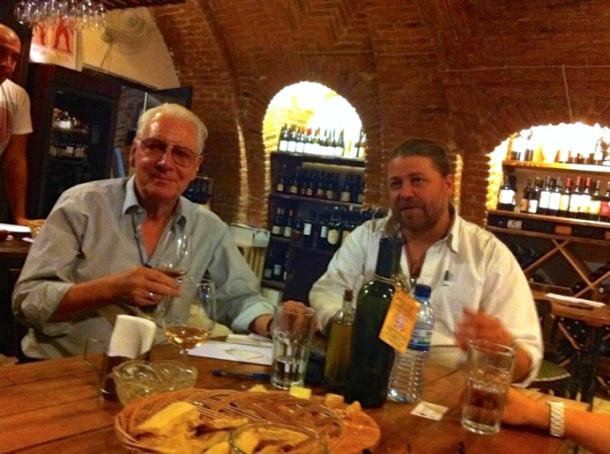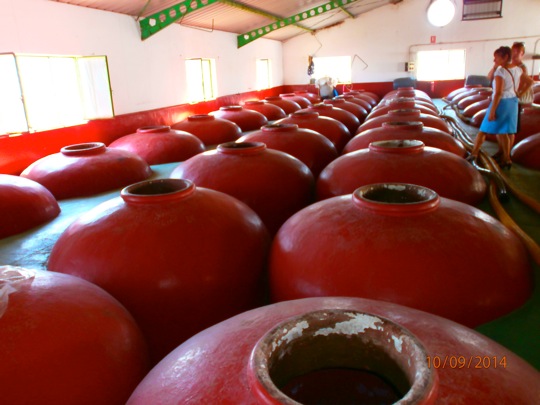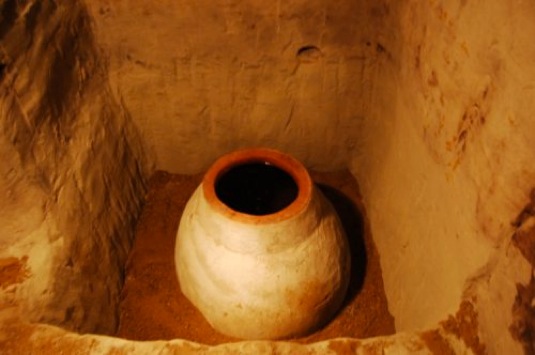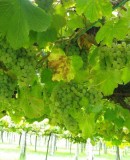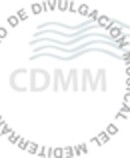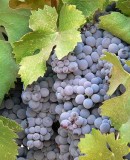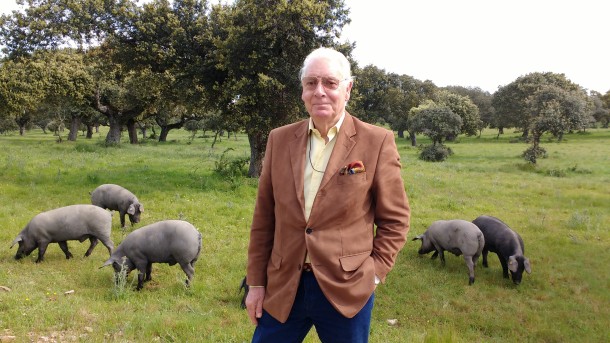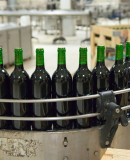Georgian Roots
There is, as they say, nothing new under the sun and winemaking is not exempt. Allowing for the fact that wine has been made for at least five thousand years, the use of wooden casks is relatively new. Since man tasted the first drops of the heaven-given liquid, the vessel was made of clay. In some Spanish regions this custom still persists, particularly in Valdepeñas where the huge clay jars known as tinajas are standard.
In Georgia, the cradle of winemaking with its 600 grape varieties, the classical method is the same. Clay kvevri sunken into the ground, in which the grapes are pressed and the wine left to mature for around two years, are the norm, even in private houses. Wood is nowhere to be seen. Last week in the capital, Tbilisi, I was fortunate enough to meet John Wurdeman, a young American whose Georgian wines under the label Pheasant’s Tears are made in the traditional clay vessels, and exported to 12 countries.
Back home, and the day following my return from this fascinating country bordering Russia, Turkey, Armenia and Azerbaijan, I toured the equally interesting bodegas of Mollina, near Antequera. From time immemorial the producer of sweet wines of the Málaga variety, this region is now a truly outstanding source of red and white table wines. The Co-operativa del Virgen de la Oliva, while making the excellent Montespejo Tinto Roble, is also notable for a hangar full of conos, concrete vats sunken into the ground that, while not as commonly used as previously, still age reds and the original dessert wines.
The Blanco Afrutado of Cortijo de la Fuente bodega is an eye-opener – a very competitively priced white wine that can contend with anything made in Penedés or Rueda. The reds are worthy rivals of most of those produced further north and with a comparable price tag. The last, but not least, noteworthy wine from this region is the distinguished Capuchina Vieja red from the bodega of the same name. Made from Merlot and Syrah grape varieties, it is a justifiable winner of several awards and is sold in El Corte Inglés.
Disclaimer: The views, opinions and positions expressed within this guest article are those of the author AJ Linn alone and do not represent those of the Marbella Marbella website. The accuracy, completeness and validity of any statements made within this article are not guaranteed. We accept no liability for any errors, omissions or representations. The copyright of this content belongs to AJ Linn and any liability with regards to infringement of intellectual property rights remains with the author.

